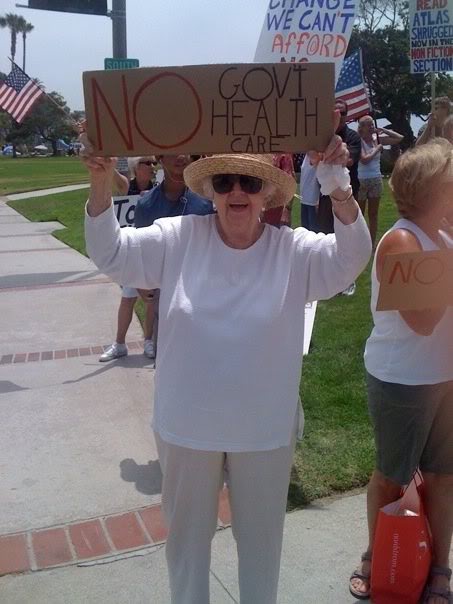
A person who would clearly not benefit from any sort of government-subsidized service.
I’m lucky—I was one of the two hundred fifty million-or-so Americans who had health insurance for the last few years. My employer gave me full coverage through Aetna, which was a good thing because I broke my right hand in March of 2007, then dislocated my shoulder six months later. Thanks to my comprehensive, private health care insurance, I only had to spend $14,700 on doctor bills that year. Initially it was about forty-five thousand dollars more, but after I filed my third appeal Aetna paid right away. It was really good timing, actually, because the New York State Insurance Board was scheduled to rule on my case the next day, and you know what the line at a government office is like.
So I can understand why people would be against health insurance reform. Sure, the system we have now is demonstrably predatory, has simultaneously increased public costs and private profits, and ranks behind Morocco’s but just ahead of Slovenia’s. But a government-subsidized alternative might be, you know, worse. Can you prove that it wouldn’t? Such is the reasoning of the opponents of health insurance reform, who have switched in recent weeks from arguing over proposed solutions to arguing against solutions in general. The result is a series of baffling photographs like the one above, as—for what I’m pretty sure is the first time in history—Americans rise up to demand that government not provide them with services.
Continue reading

